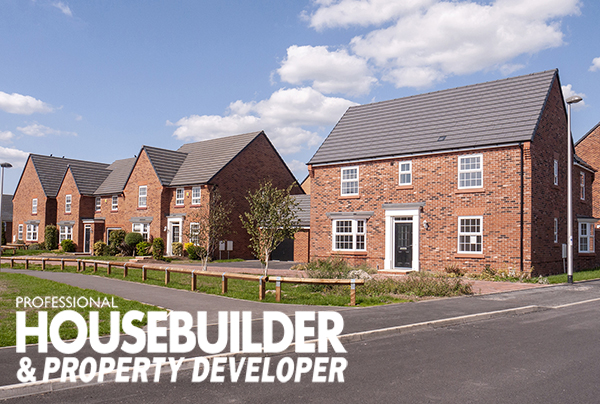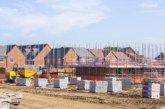
The Housebuilding industry has responded to a report commissioned by the Local Government Association (LGA) concluding that the number of sites with planning permission, but waiting to be built, is rising.
New research from the LGA, which represents more than 370 councils in England and Wales, has indicated there are a record 475,647 homes in England which have been given planning permission but have yet to be built. The study, commissioned by the LGA and carried out by Glenigan, shows the backlog has grown over the past few years. In 2012/13, the total of unimplemented planning permissions was 381,390 and in 2013/14 it was 443,265.
The LGA said that the figures underline the need for councils to be able to invest in building more homes and also for the skills shortage affecting the construction industry to be addressed. Council leaders also want powers to charge developers full council tax for every unbuilt development from the point that the original planning permission expires.
Commenting in response to the report the Home Building Federation (HBF) said: “As has been proved time and time again, house builders do not landbank in terms of delaying start on site once they have an ‘implementable’ planning permission. The vast majority of the 475,647 homes quoted by the LGA are either on sites where work has already started, or where there is not a fully ‘implementable’ permission and where it is not legal for builders to commence construction.”
The HBF noted that its most recent survey – based on 2,800 sites, owned by 23 of the largest house builders, and covering 220,000 plots – found only 4% of plots were on viable sites, with an implementable permission, awaiting construction start on site.
Brian Berry, Chief Executive of the FMB, said: “The imposition of Council Tax on unbuilt homes could increase the risks of bringing forward new developments by small house builders. The measure could deliver the opposite of what it hopes to achieve by reducing the number of smaller housing developments. SMEs already face serious challenges in terms of access to finance and scarcity of small sites. For small house builders to be liable for Council Tax on properties which can’t be built would add yet another layer of risk and act as a further deterrent to smaller developers.”
Berry added: “There’s a huge convergence of interest between local authorities and SME developers, and we hope that we can work together in the future on realising what is ultimately the same end goal – to get more homes built.”
Noting that he research does not include any sites fewer than 10 units, unless high in value, Rico Wojtulewicz, policy advisor of the House Builders Association (HBA), said: “With small sites and infill taking a back seat to larger developments, perhaps these LGA statistics can help local authorities conclude what the industry already knows: the lack of SME support is the real reason for low output and that the planning system works better for big business.”
Steve Midgley, MD of award-winning home-builder, Fairgrove Homes noted that: “Council planning and legal departments need to work with developers – including the SMEs, not just the larger developers – rather than imposing yet more financial strain on businesses that will play an essential part on the continuing economic recovery.”








